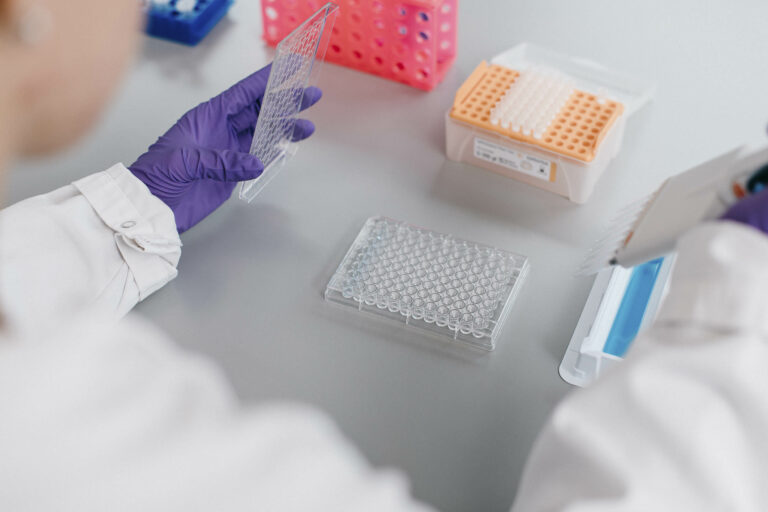Well, in the previous posts leading up to this final one in the series, we looked at microRNA detection, overexpression, inhibition, and target detection. I’d like to finish by going over miRNA profiling.
Global miRNOme profiling
The purpose of miRNOme profiling is to establish, from one single experiment, the miRNA signature of a given cell type or tissue.
More “in depth” studies can benefit from the collection of miRNAs already clustered into pathways: be they relevent to pathologies, ontogeny or cell signalling. Under pathway focused profiling, each cell type and even subtype displays a specific combination of miRNA, powerful enough to distinguish between normal and aberrant cells (i.e. cancer, Huntington, Alzheimer, Parkinson diseases…): miRNAs can now be considered biomarkers.
One recurrent question I recieve from people working on miRNA profiling is: “Should I only focus on miRNAs already described for a specific pathway or would it be a better idea to address the whole miRNOme?
The answer to this question depends on the final purpose of the project. Since too much information kills information, global profiling might not be the method of choice to start with in a project aiming to describe the modulation of any given mRNA molecule. The best bet would be to proceed pathway after pathway, based on the information already available from the literature or databases. Some pathways can be found here.
However, global profiling is a “must do” in projects aiming to compare cells or tissues under physiological situation, to any situation involving diseases or treatments, as well as differentiation or senescence for instance. Global profiling also makes a lot of sense in all phylogenetically-oriented studies.
- Strength of profiling assays: there is no doubt the strength of profiling is very high and gives in a single experiment a global view of the miRNA content and relative values by comparing several samples
Recent improvements in profiling overcome previous limitations of the technique (amount and quality of RNA available for the study) by the use of highly sensitive 3D miRNA microarrays, which provide reliable and reproducible results from significantly lesser starting material.
To conclude…
We are now in the miRNOme era and thus poised to address today’s hottest topics (stem cell development, tumorigenesis, cell plasticity, tissue environmental adaptation, “cell memory”, and even evolution of species) under a light never shed before on life sciences.
Personally, I think that if Darwin, Bateson or Mendel lived today, they would dream of becoming miRNA experts…
I hope the information in this series of posts has shed some light on the topic for you, if you have any questions or if you’re interested in any of the tools I have mentioned, just leave your comments below!



